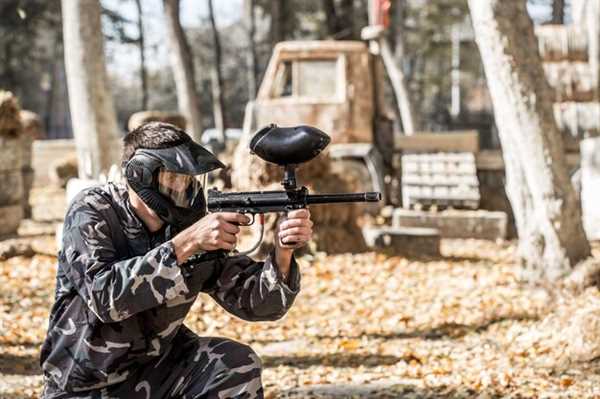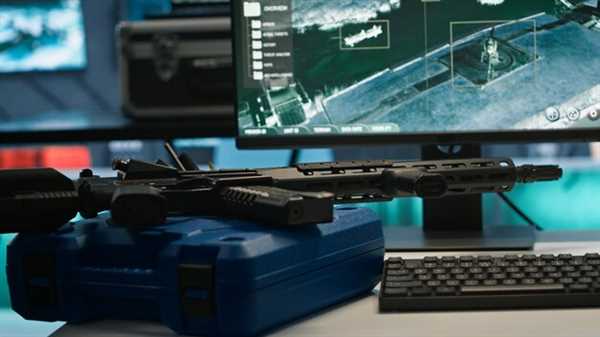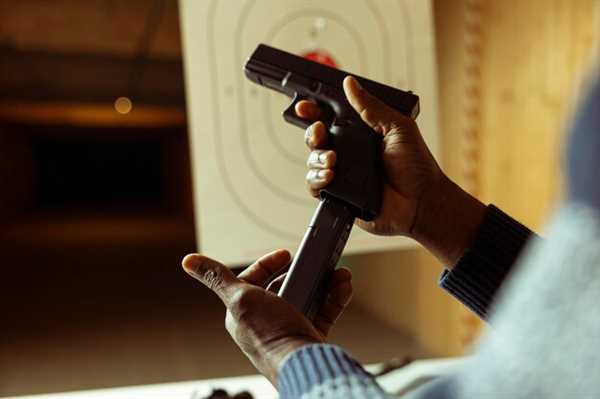
Always inspect your night vision equipment before any activity. Check for cracks, loose parts, or dirt on the lenses, as these could impair visibility and functionality. Replace any defective components immediately to ensure optimal performance during use.
Maintain situational awareness by minimizing distractions and focusing on your environment. Avoid sudden movements or loud noises that could startle others nearby. This proactive approach helps in managing risks associated with using night vision devices in dynamic settings.
Establish clear communication protocols with your peers. Use hand signals or designated codes to avoid vocal communication, which can disrupt concentration and create confusion. Clear communication enhances teamwork and overall safety while operating equipment in low-light conditions.
Be mindful of the limitations of your equipment. Night vision devices do not provide depth perception and may distort distances. Practice in familiar environments until you feel comfortable with how to navigate and engage in various scenarios without relying solely on technology.
Utilize protective eyewear designed to shield against potential hazards present at the shooting site. Even with NVGs, protection from environmental elements and other accidents remains a priority to ensure your vision is safeguarded throughout the session.
Finally, always adhere to the rules of the facility. Each location may have unique restrictions regarding gear deployment and operational procedures. Familiarize yourself with these regulations to promote a safe and respectful atmosphere for everyone involved.
Understanding NVG Limitations for Safe Shooting

Always assess the environmental conditions before engaging in marksmanship activities with night vision equipment. Low visibility can lead to misjudgments in aiming and target identification. Rely on ambient light sources to augment your visuals, but be aware that excessive brightness may wash out details through your device.
Take note that depth perception can be compromised in dim settings. Distances may appear distorted, complicating accuracy. Regular practice in various lighting conditions is necessary to adapt your skills effectively.
Be cautious of green tint interference, which is typical in night vision optics. This coloration can alter the appearance of targets, especially for those relying on color differentiation. Understanding these visual limitations can prevent critical errors.
Ensure the equipment is well-maintained. Dirty lenses or damaged components can significantly impair clarity and function, leading to potentially dangerous situations. Regular cleaning and inspections help maintain optimal performance.
Familiarize yourself with the specific characteristics of the night vision unit in use. Different models have varying field of view, resolution, and sensitivity, affecting user experience and proficiency. Tailor your training accordingly to exploit the strengths of your device.
Lastly, consider the psychological aspect. The effect of limited visibility can induce stress or anxiety. Engage in stress management techniques beforehand to maintain focus during practice sessions.
Proper Handling Techniques While Using NVGs

Begin with a thorough inspection of the night vision goggles prior to use. Ensure that all lenses are clean and free from scratches. Confirm that the battery is fully charged and correctly installed to maintain optimal performance during activities.
Position the eyewear securely on your head, using the provided straps to prevent movement. This stability minimizes the risk of disorientation and ensures clear vision throughout the experience.
Adopt a steady stance and maintain a proper grip on your firearm to enhance control and accuracy. Regularly practice transitioning between using the goggles and your natural vision to improve adaptability in various lighting conditions.
Be aware of your surroundings while engaged in activities. Maintain a safe distance from others and remain alert to any sudden movements that could pose risks. Communication with peers is key; use hand signals or pre-established verbal cues to convey intentions.
Store night vision devices in a protective case when not in use. This prevents damage from impacts or environmental factors. Avoid exposing the equipment to direct sunlight, which can cause degradation.
Conduct post-activity maintenance by cleaning the lenses and checking for any signs of wear or malfunction. Address issues promptly to preserve the integrity and functionality of the apparatus.
Emergency Protocols for NVG Malfunctions at Ranges
Immediately cease all activities if any night vision equipment failure occurs. Signal fellow participants to stop, ensuring all weapons are pointed downrange and safeties are engaged.
Check the device’s power source. Replace batteries if necessary. Ensure connectors are secure. If issues persist, utilize the backup system or standard optics.
Communicate the malfunction to the range supervisor without delay. Provide clear details on the nature of the failure. Follow their instructions for equipment handling.
In case of complete malfunction, retrieve the device safely and transport it to the designated repair area. Avoid disassembling the unit unless trained to do so.
Document the incident in accordance with the range’s reporting protocols. Include specifics of the malfunction and any corrective actions taken.
Attend mandatory debriefing sessions to understand the cause and effects of the malfunction. Share experiences and lessons learned with peers to prevent future occurrences.